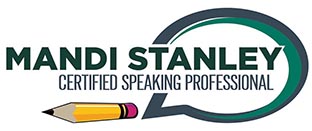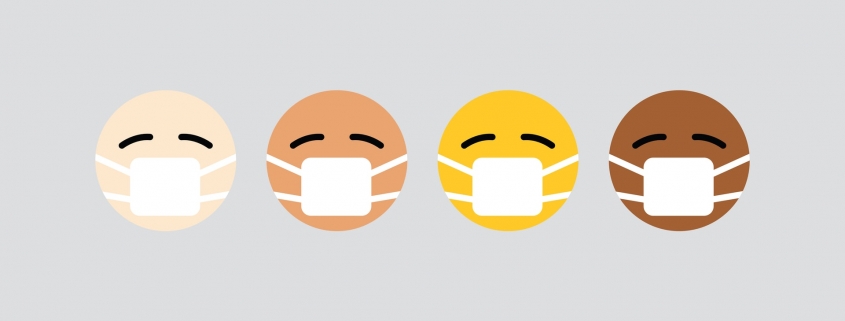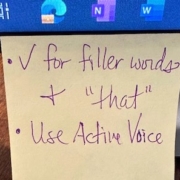Email in the Time of Corona
With a nod to the book Love in the Time of Cholera, what about Email in the Time of Corona?
During the past two months, many organizations have begun to lament the loss of professionalism in writing. In a nutshell, we are becoming overly personal and casual in our workplace emails. So, how can we communicate compassion and understanding for those undergoing hardships while maintaining an appropriate businesslike tone?
To bolster your professional presence through the written word, be mindful of these top seven email habits that can undermine your credibility from the webinar course: Before You Press Send: Write It So They Read It.
It’s not that you want to come across as uptight or aloof; it’s simply a gut check to make sure you’re not oversharing and blurring the line between personal and professional.
- Careless grammar and spelling mistakes
We would never print on company letterhead some of the hastily written messages we send through email. Just because we’re replying to emails in bed doesn’t mean our style should suffer.
- Emojis
For now, we should hold off on inserting smilies and wink-y faces as they can connote a too casual or insensitive tone given the current culture.
- Stale clichés and overused expressions
Guilty as charged. I need to work on this. Even I have fallen back on expressions such as “in these difficult and uncertain times” and “wishing you good health and happiness.” I have to remind myself to write the way I speak. In this case, a sincere “hope you are doing well today” is more natural.
- ALL CAPS
This still is considered the electronic equivalent of yelling at someone.
- Reply All
Emails temporarily have replaced hallway conversations and chats over the cubicle wall. For most of us, email volume has increased; therefore, we really don’t want to be copied on unnecessary messages.
- Forgotten subject lines
Not including a subject line is the equivalent of leaving the headline off of a newspaper article. Use the formula Reason + Subject to compose a professional complete subject line for every message you send. Remember, people make decisions to open and act upon your email based on the sender and the subject line.
- Forgotten attachments
Attach it first, even before you compose the subject line, body copy, and recipient details.
To customize a keynote or professional development session that will have your audience laughing and learning, contact Mandi Stanley.
Certified Speaking Professional Mandi Stanley works with business leaders who want to boost their professional image by becoming better speakers and writers through interactive high-content keynotes, breakout sessions, workshops, technical writing seminars, and fun proofreading classes.
You might also like:
How Do You Handle Virtual Meeting Whiners?
Use this App to Capture Fresh Presentation Ideas





 Photo by Charles Deluvio on Unsplash
Photo by Charles Deluvio on Unsplash


 Photo by Ferenc Horvath on Unsplash
Photo by Ferenc Horvath on Unsplash

 https://unsplash.com/photos/FfbVFLAVscw
https://unsplash.com/photos/FfbVFLAVscw 